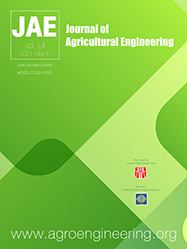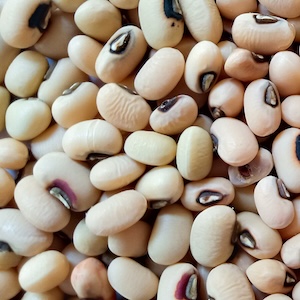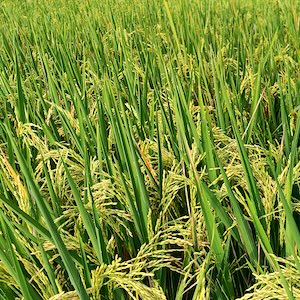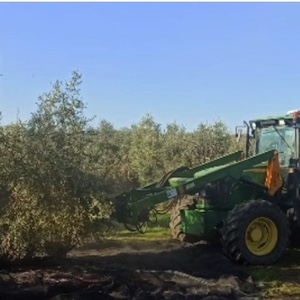Exploring the feasibility of near-infrared spectroscopy in analyzing and predicting the chemical and biochemical changes of chitin-amended soils

All claims expressed in this article are solely those of the authors and do not necessarily represent those of their affiliated organizations, or those of the publisher, the editors and the reviewers. Any product that may be evaluated in this article or claim that may be made by its manufacturer is not guaranteed or endorsed by the publisher.
Authors
Chitin, a natural polymer, has been added to soil to enhance plant resistance to pathogens, yet its impact on soil’s chemical and biochemical properties remains unclear. Standard methods to measure these properties are often slow and labor-intensive. This study aimed to assess pH, total DNA, chitinase activity, and trpB gene DNA targeting for the identification of pathogen Streptomyces scabies in chitin-treated soil using both conventional wet chemical analysis methods and near-infrared (NIR) spectroscopy for rapid measurement. Five soil groups were treated with varying chitin levels (control, 0.2% and 2% fungus chitin, 0.2% and 2% Sigma chitin) and sampled every 9 days over 122 days. NIR reflectance spectra (900-1,685 nm) from the soil samples were acquired at each sampling time. Partial least squares regression models were developed using preprocessing methods like Kubelka-Munk, second derivative, and smoothed data. The second derivative model for 900-1,660 nm yielded high predictive accuracy with R² values of 0.915, 0.892, and 0.810 for pH, total DNA, and trpB gene DNA respectively. This study demonstrates the potential of NIR spectroscopy coupled with partial least squares algorithms as a rapid, cost-effective method for estimating soil biochemical properties.
Supporting Agencies
United States Department of Agriculture, Agricultural Research ServiceDepartment of Biosystems & Agricultural Engineering, Michigan State University, East Lansing, MI, USA
How to Cite

This work is licensed under a Creative Commons Attribution-NonCommercial 4.0 International License.












